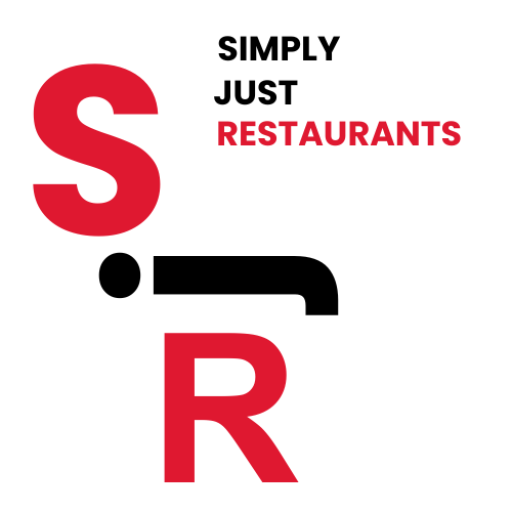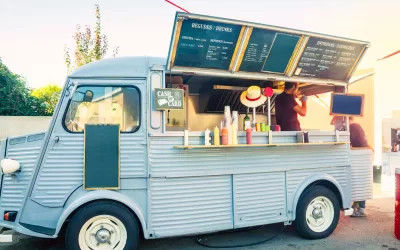Introduction
A commercial gas deep fryer is an essential piece of equipment for many food service establishments. It allows for the efficient cooking of a variety of fried foods, from french fries to chicken wings.
This comprehensive guide will walk you through the types of commercial gas deep fryers, key features to consider, and a step-by-step approach to selecting, installing, and maintaining your fryer.
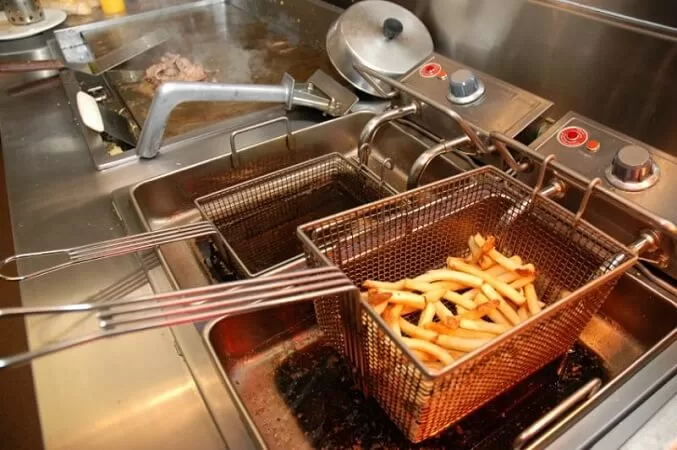
Types of Commercial Gas Deep Fryers
Countertop Fryers
- Overview: Compact and portable, ideal for smaller kitchens.
- Features: Limited capacity, easy to move, lower initial cost.
- Best For: Small establishments, food trucks, and temporary setups.
Floor Fryers
- Overview: Larger, more permanent installations.
- Features: Higher capacity, robust construction, more powerful heating elements.
- Best For: Busy kitchens with high-volume frying needs.
Tube Fryers
- Overview: Feature tubes that run through the fry pot for heating.
- Features: Good for heavy, breaded foods, easy to clean, efficient heat transfer.
- Best For: Restaurants specializing in fried chicken and fish.
Open Pot Fryers
- Overview: Heating elements are located outside the fry pot.
- Features: Easier to clean than tube fryers, suitable for lighter foods like french fries and onion rings.
- Best For: Fast food restaurants and diners.
Flat Bottom Fryers
- Overview: Feature a flat heating surface.
- Features: Ideal for delicate items that float like donuts and funnel cakes.
- Best For: Bakeries and dessert shops.
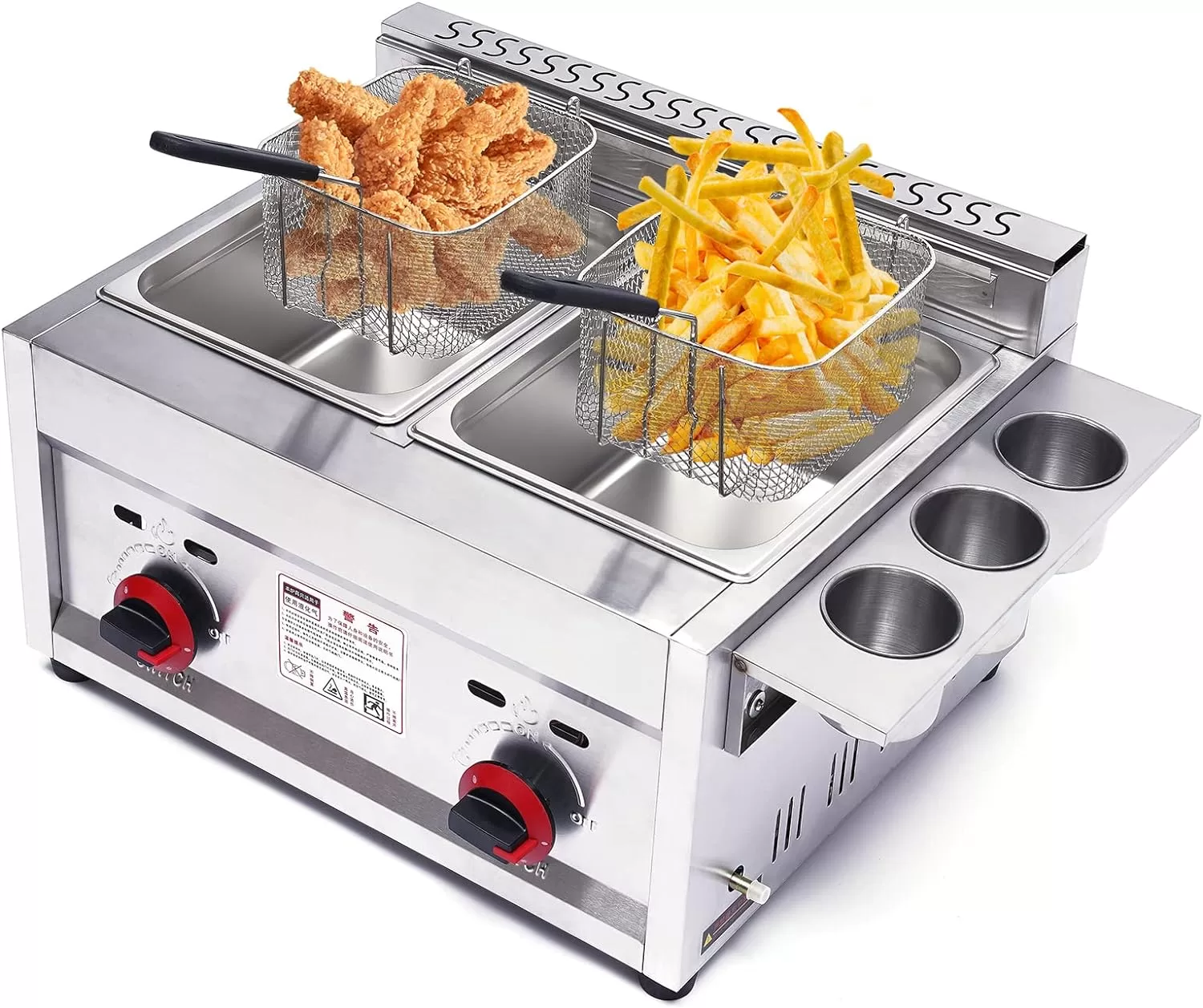
Key Features to Consider When Buying a Commercial Gas Deep Fryer
Size and Capacity
- Importance: Ensures the fryer can meet your cooking volume needs.
- Consideration: Measure your kitchen space and estimate your frying capacity requirements.
Heating Efficiency
- Importance: Affects cooking speed and consistency.
- Consideration: Look for fryers with rapid heat recovery and efficient heat distribution.
Temperature Control
- Importance: Crucial for cooking food evenly and safely.
- Consideration: Digital controls offer precise temperature settings; analog controls are simpler but less precise.
Safety Features
- Importance: Prevents accidents and ensures safe operation.
- Consideration: Features like automatic shutoff, high-temperature limit switches, and secure lid designs.
Construction Material
- Importance: Determines durability and ease of cleaning.
- Consideration: Stainless steel is preferred for its durability and resistance to corrosion.
Ease of Cleaning
- Importance: Maintains hygiene and prolongs the equipment’s lifespan.
- Consideration: Look for features like removable fry pots, drain valves, and easy-to-clean surfaces.
Energy Efficiency
- Importance: Reduces operational costs.
- Consideration: Energy-efficient models can save money in the long run despite higher upfront costs.
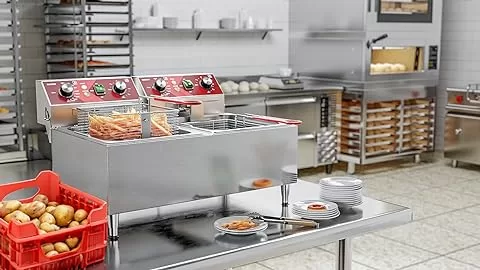
Step-by-Step Guide to Choosing a Commercial Gas Deep Fryer
Assessing Your Needs
- Menu Planning: Determine the types of fried foods you will offer.
- Production Volume: Estimate the quantity of food you need to fry daily.
- Space Constraints: Measure your kitchen space to ensure the fryer fits.
Researching Options
- Types of Fryers: Understand the benefits and drawbacks of each type.
- Brands and Models: Identify reputable brands and compare different models.
Comparing Features and Models
- Core Features: Focus on features essential for your frying needs.
- Advanced Features: Consider additional features that enhance efficiency and safety.
Evaluating Costs
- Initial Investment: Compare prices of different models and brands.
- Operating Costs: Consider energy consumption, maintenance, and repairs.
- Return on Investment: Calculate how quickly the fryer will pay for itself through increased production and quality.
Reading Reviews and Getting Recommendations
- Customer Reviews: Read reviews from other restaurant owners to gauge reliability and performance.
- Professional Recommendations: Consult with industry experts or other restaurant owners.
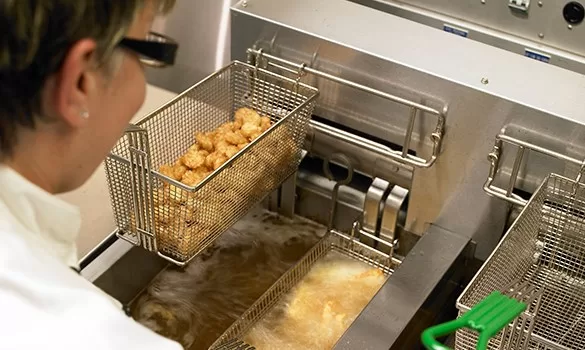
Installation and Setup
Planning the Layout
- Workflow Optimization: Arrange equipment for efficient workflow.
- Safety Considerations: Ensure safe distances between equipment and workstations.
Utility Requirements
- Gas Supply: Ensure a proper gas supply and connection.
- Ventilation: Install appropriate ventilation to manage heat and exhaust.
Assembling and Positioning Equipment
- Assembly: Follow the manufacturer’s instructions for assembling the fryer.
- Positioning: Place the fryer in its designated spot, ensuring it is level and secure.
Initial Testing and Calibration
- Test Run: Conduct an initial test run to ensure everything is functioning properly.
- Calibration: Adjust settings and controls as needed.
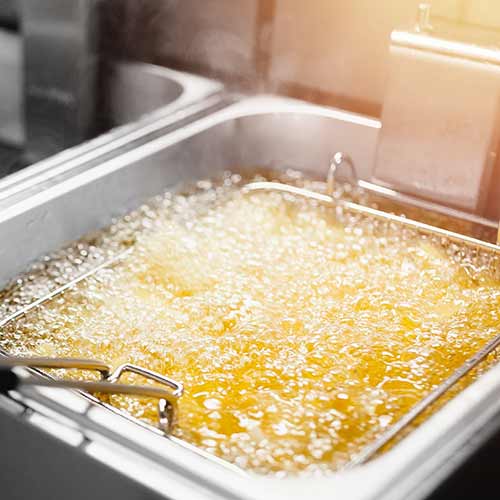
Operating a Commercial Gas Deep Fryer
Training Staff
- Instruction: Provide detailed training on operating the fryer.
- Safety: Emphasize safety procedures and proper handling.
Daily Operation Procedures
- Pre-Operation Check: Ensure the fryer is clean and properly assembled.
- Operation: Follow manufacturer’s guidelines for filling, heating, and frying.
- Post-Operation Check: Turn off the fryer and perform end-of-day cleaning.
Optimizing Performance
- Consistent Practices: Implement consistent frying practices for uniform results.
- Monitoring: Regularly check oil levels and temperatures.
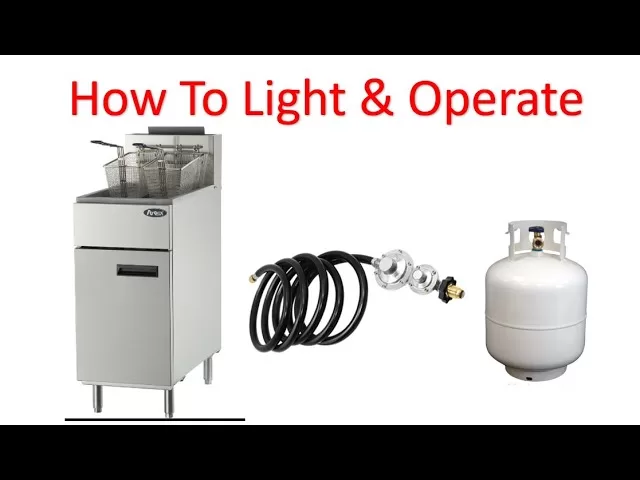
Cleaning and Maintenance
Daily Cleaning Routine
- Surface Cleaning: Wipe down surfaces and remove food debris after each use.
- Oil Filtering: Filter oil daily to extend its life and improve food quality.
Weekly and Monthly Maintenance
- Deep Cleaning: Perform deep cleaning on a weekly basis.
- Oil Replacement: Replace oil regularly to maintain food quality and fryer performance.
Regular Inspections
- Component Check: Inspect components for wear and tear.
- Repair: Address minor issues promptly to prevent major problems.
Troubleshooting Common Issues
- Temperature Fluctuations: Check thermostats and heating elements.
- Oil Quality: Ensure oil is clean and free of contaminants.
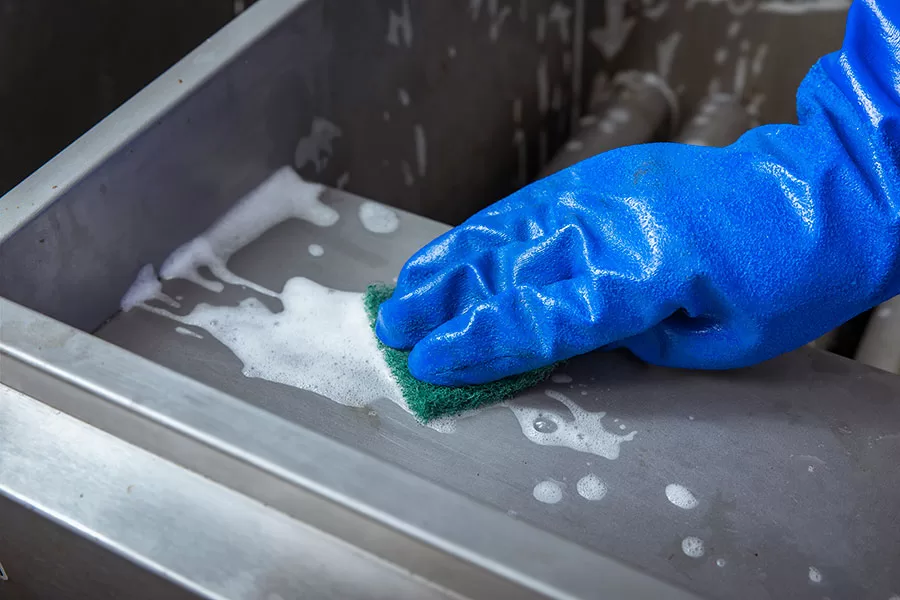
Tips for Optimal Performance
Best Practices for Frying
- Oil Management: Use high-quality oil and maintain proper oil levels.
- Food Preparation: Ensure food is dry and at the right temperature before frying.
Managing Workflow
- Efficiency: Streamline processes to improve efficiency and reduce downtime.
- Organization: Keep the kitchen organized and clutter-free.
Enhancing Food Quality
- Consistent Recipes: Follow consistent recipes and procedures for uniform results.
- Proper Timing: Ensure proper frying times to avoid undercooking or burning.
Conclusion
Investing in the right commercial gas deep fryer is essential for the success of your food service establishment. By understanding the different types of fryers, key features to consider, and following a step-by-step approach to selection, installation, operation, and maintenance,
you can ensure that your kitchen runs efficiently and produces high-quality fried foods. This comprehensive guide provides the information you need to make informed decisions and optimize your fryer’s performance.
About Author nikita kapali
You May Also Like…
The Ultimate Guide to Hiring a Consultant Chef
Introduction Food trucks or mobile food trucks is an idea that has arrived. But, there is a issues with food safety in...
Food Safety Essentials: Addressing 5 Common Problems in Food Trucks
Introduction Food trucks or mobile food trucks is an idea that has arrived. But, there is a issues with food safety in...

